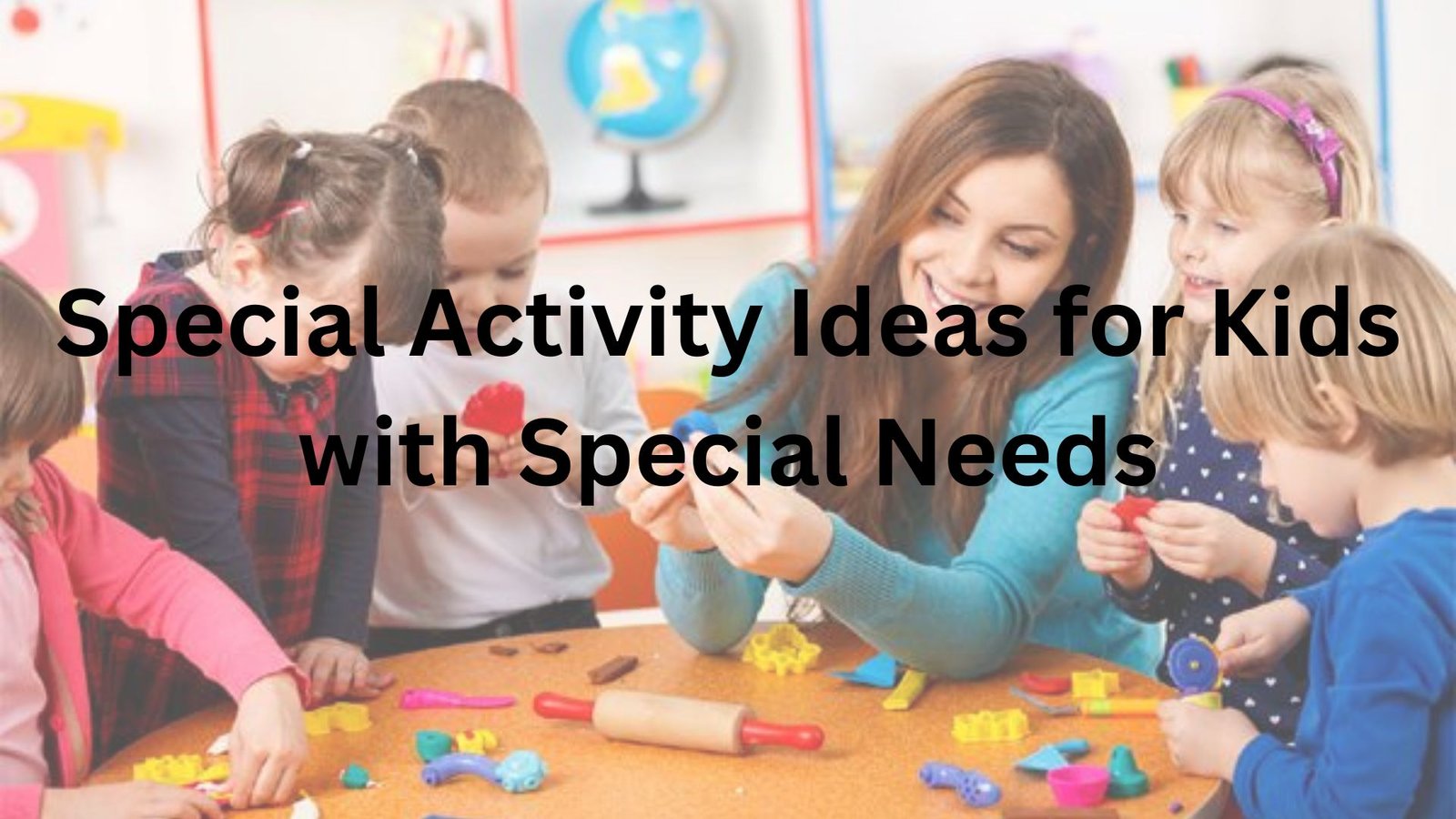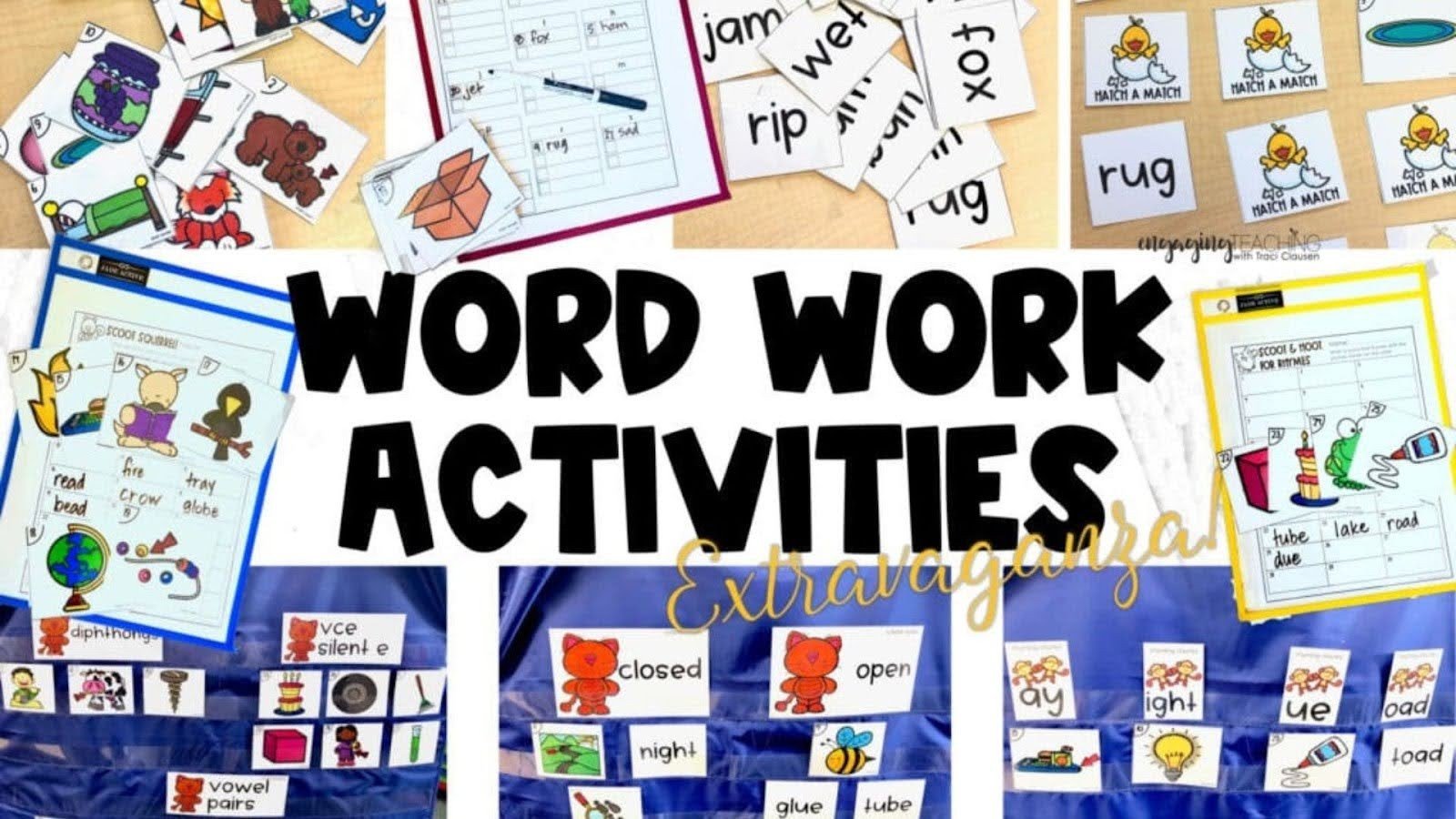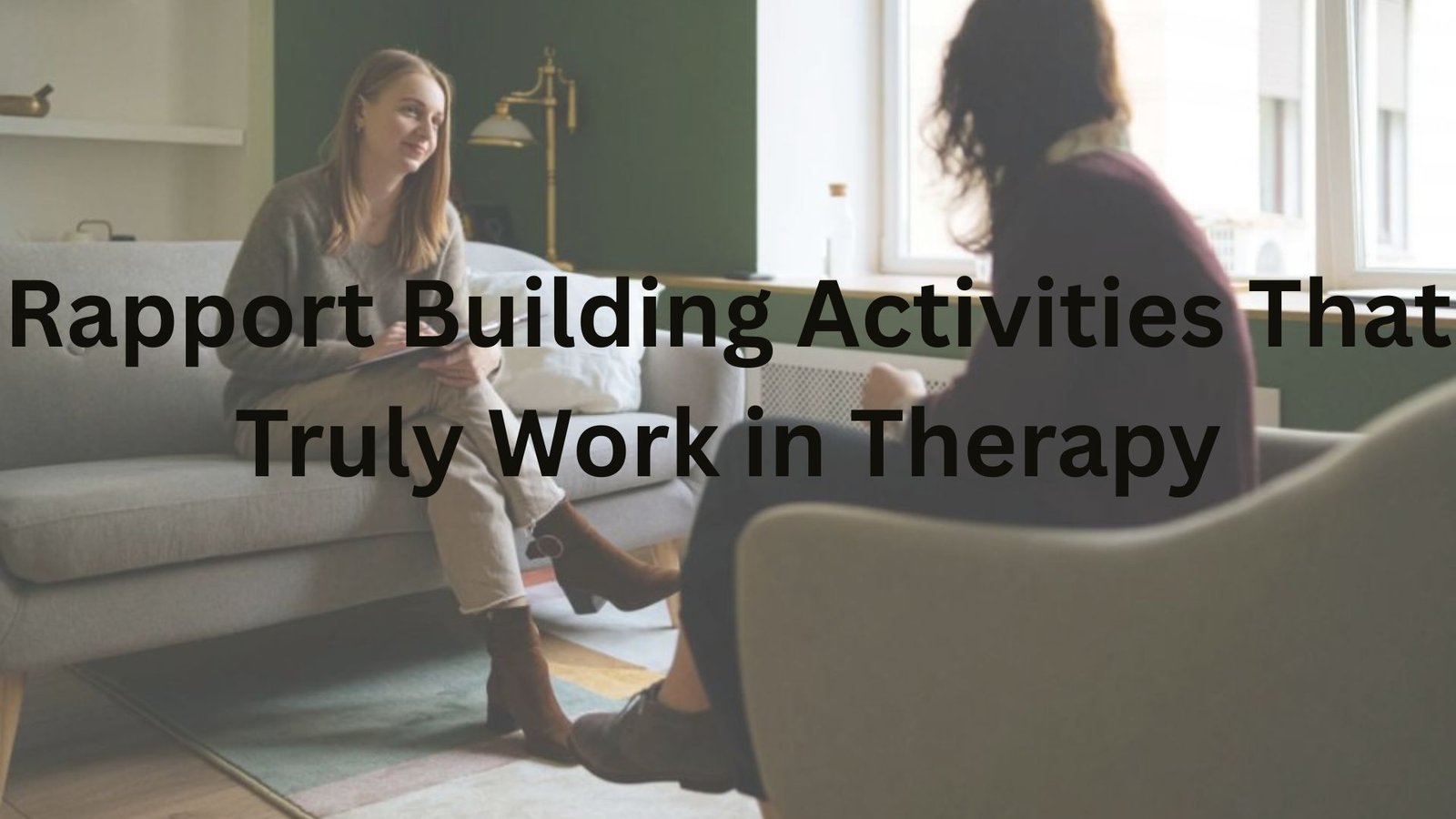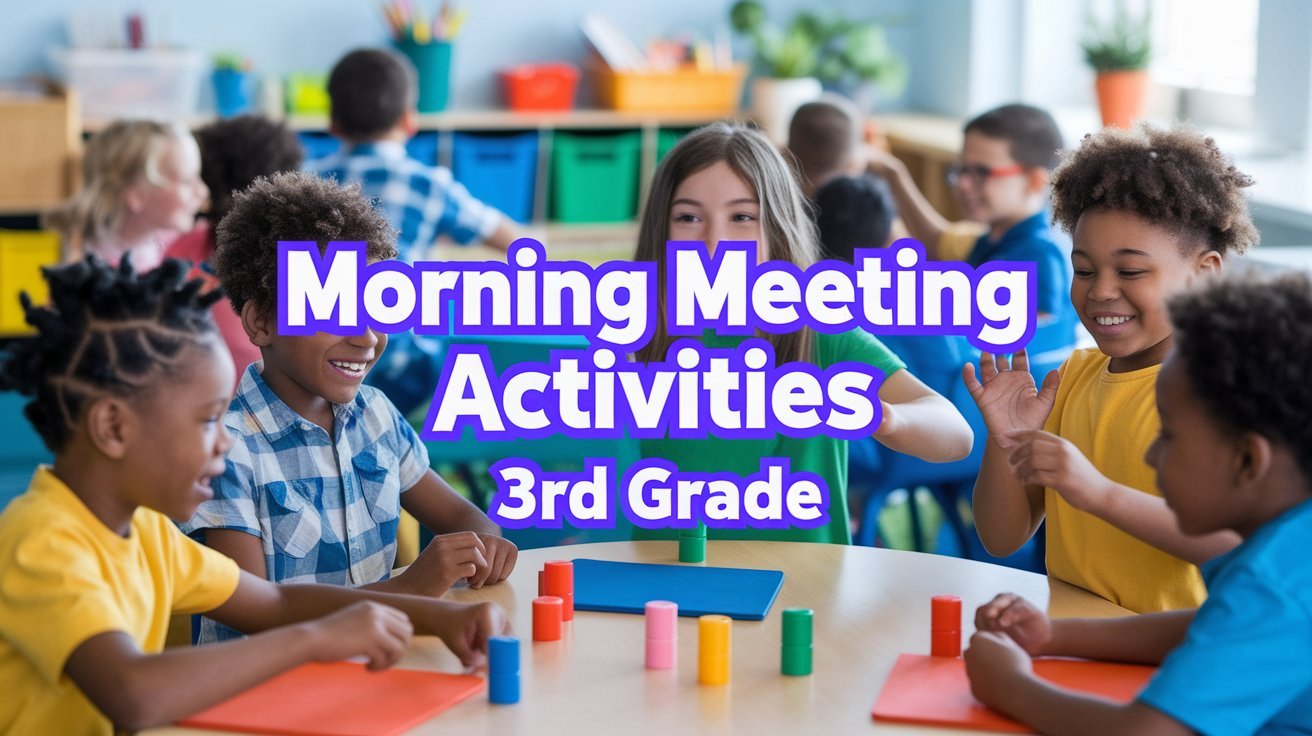Each child is an individual and develops in his or her own way. Activities should provide a challenge for all children if they are to be useful for children with special needs. There are things you can do with your child to help form skills, confidence, relationships, and fun. Challenges can be fun!
Keeping your special needs child entertained can be simple. Finding activities is also not hard. Sometimes the simplest things are appropriate for all ages and do not even have to be done inside the home. Start with things your child likes.
We have suggested activities that are easy for parents and caregivers to prepare and modify for individual children. There are many fun ways to help your child learn.
Special Needs Activities to Try with Your Child
The activities below are simple to start and can be done with things you probably have at home. You can adjust each one based on what your child enjoys and what helps them most.
Sensory Bins
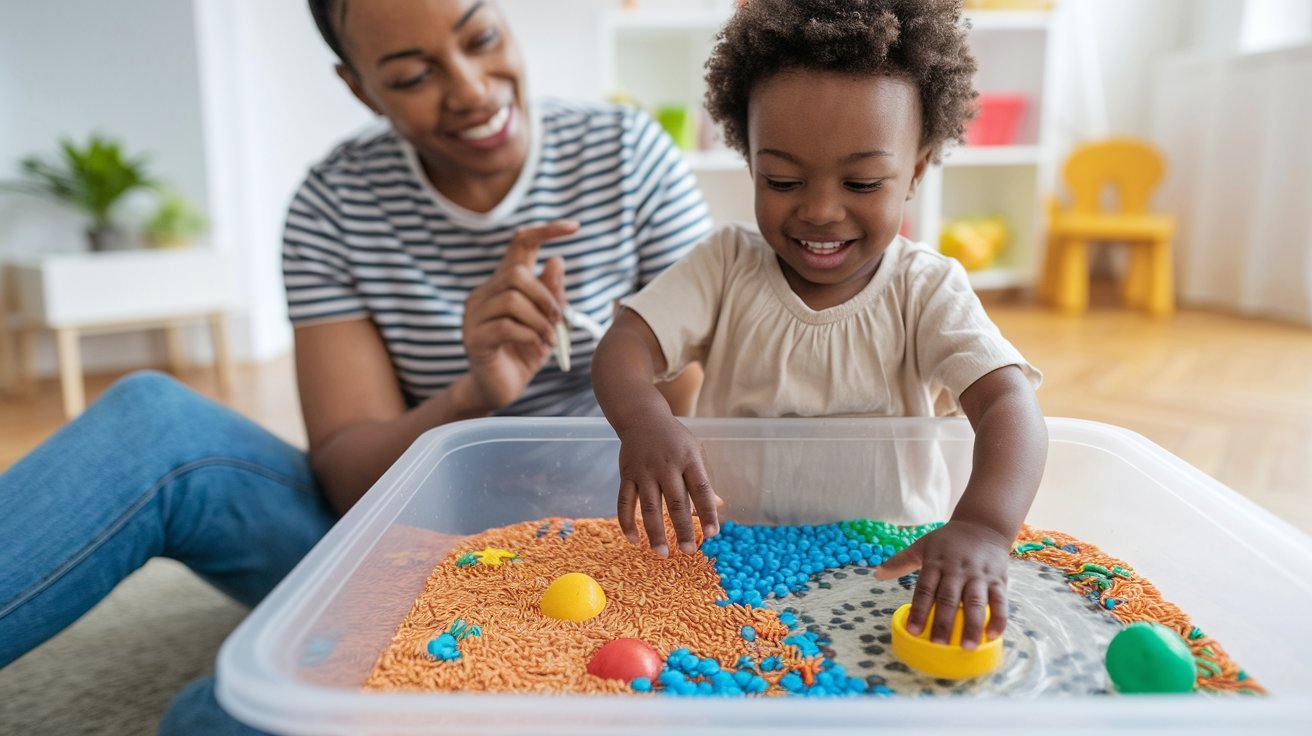
Sensory bins are containers filled with materials that children can touch and play with. You can fill them with rice, dried beans, sand, water beads, or even shredded paper. Add small toys, scoops, or cups to make it more interesting.
Setting up a sensory bin is easy. Pour your chosen material into a large plastic container or bin. Let your child run their hands through it, scoop it, or hide objects in it. You can sit with them and play together.
This special activity helps children process different textures and sensations. It can calm an anxious child or wake up a sleepy one. Sensory bins work on fine motor skills as children scoop, pour, and grab small items.
Finger Painting
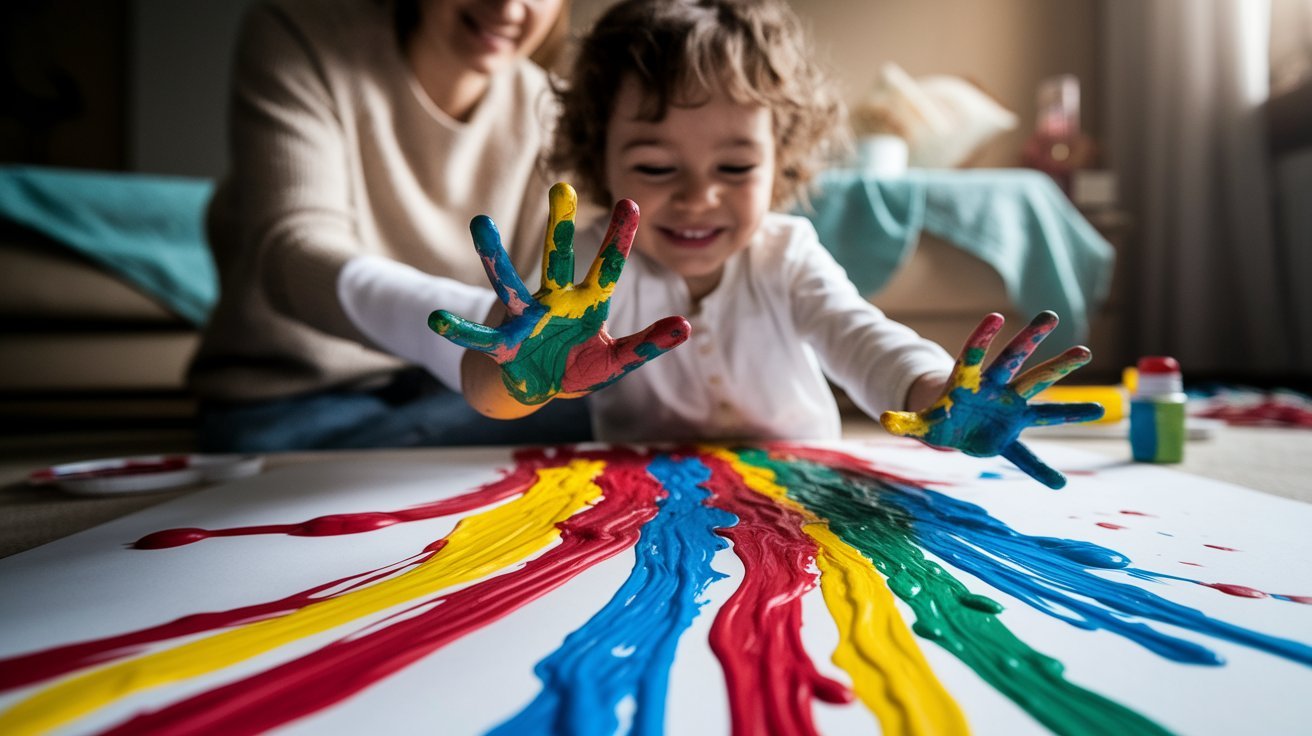
Finger painting lets children create art using their hands instead of brushes. Use non-toxic, washable paints in bright colors. Put the paint directly on paper, or let your child dip their fingers into small bowls of paint.
This activity helps children get used to different textures. Some kids don’t like messy hands at first, and that’s okay. Start with just one finger or use a paintbrush until they feel ready. The goal is to have fun and make something colorful.
Cleanup is simple when you use washable paints. Keep wet wipes nearby to clean hands quickly. Lay down an old sheet or do the activity outside if you’re worried about a mess.
Playdough Activities
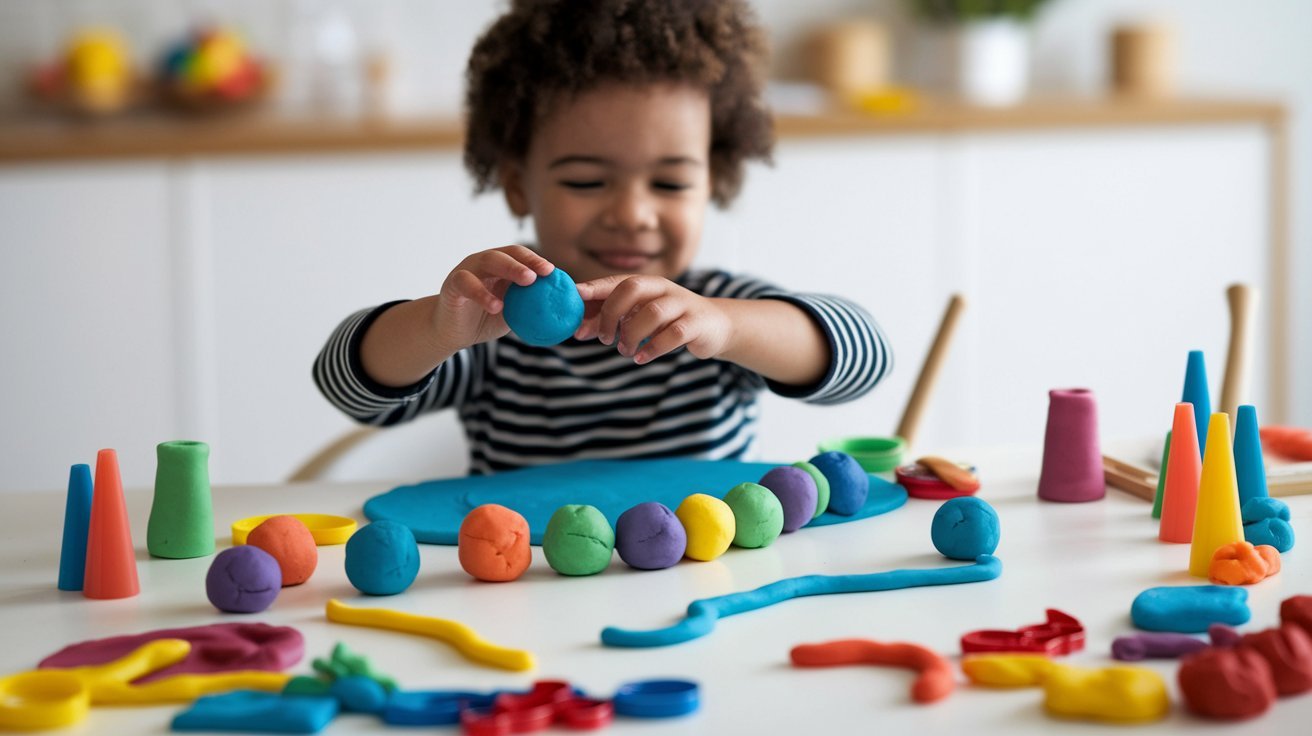
Playdough is great for building hand strength and creativity. You can buy it at stores or make your own with flour, salt, water, and food coloring. Homemade playdough costs less and can be made in any color.
Playing with playdough builds the small muscles in the hands and fingers. Children can squeeze, roll, flatten, and shape it. These movements help with fine motor skills needed for writing, buttoning, and other daily tasks.
Start with simple activities like rolling balls or making snakes. Add cookie cutters, plastic knives, or small toys to press into the dough. There’s no right or wrong way to play with playdough.
Music and Sound Play
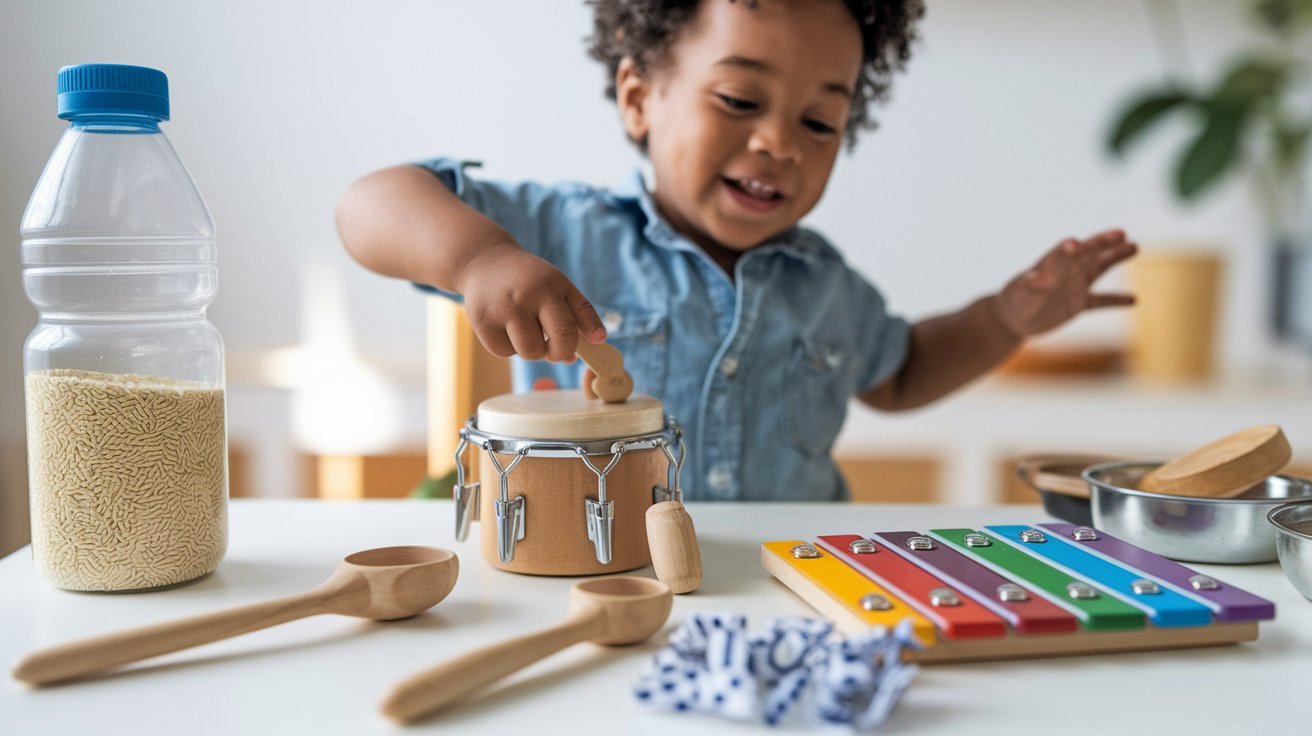
Music activities can be calming or energizing for children with special needs. Simple instruments like shakers, drums, or xylophones are perfect. You don’t need expensive instruments to make music together.
Make your own instruments at home using what you have. Fill plastic bottles with rice or beans to make shakers. Use wooden spoons and pots as drums. Even crinkly paper makes interesting sounds.
Sound play helps children focus and pay attention. It can also help them understand rhythm and patterns. Plus, making music together is a fun way to connect with your child.
Indoor Obstacle Courses
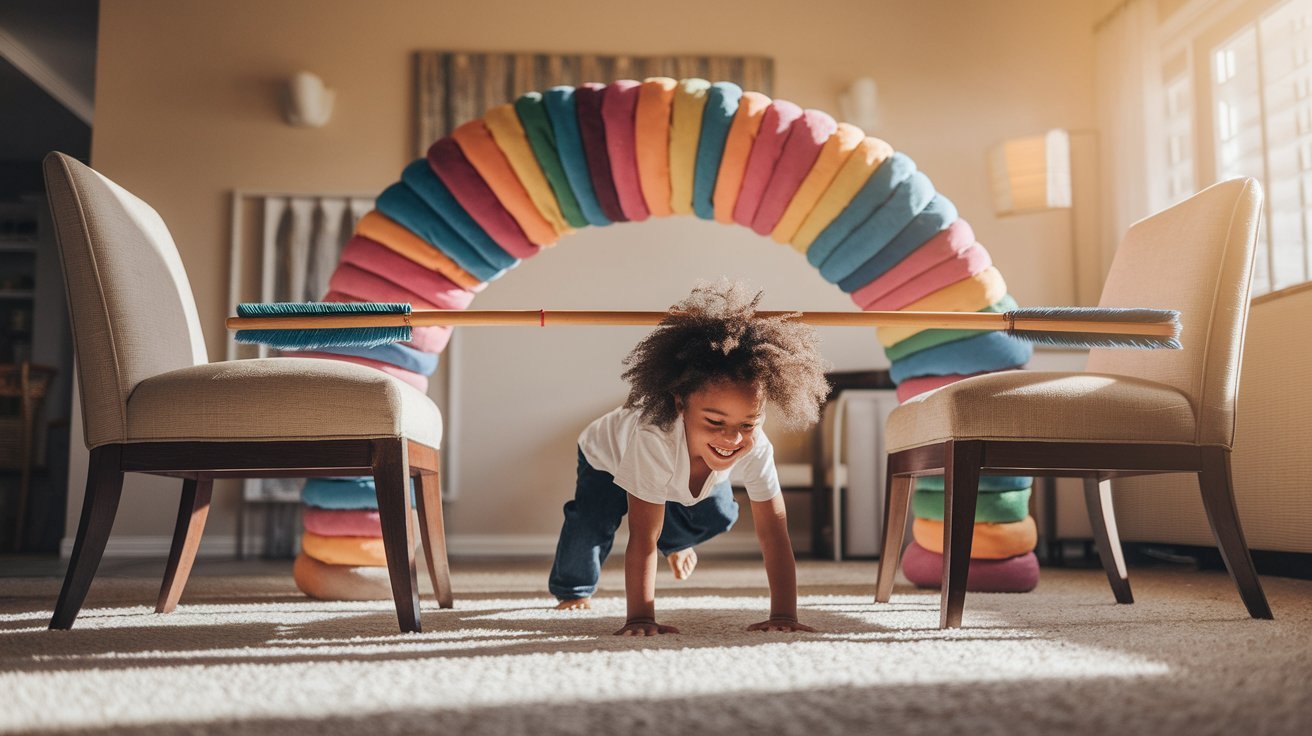
Create a safe obstacle course inside your home using pillows, cushions, and furniture. Set up stations where your child can crawl under a table, jump over pillows, or walk along a line of tape on the floor.
Use what you have to make it interesting. Couch cushions become mountains to climb over. A broom laid on two pillows makes a low bar to step over. A blanket draped over chairs creates a tunnel to crawl through.
This special activity builds coordination, balance, and strength. It also uses up energy, which can help active children. Change the course each time to keep it fresh and fun.
Ball Games
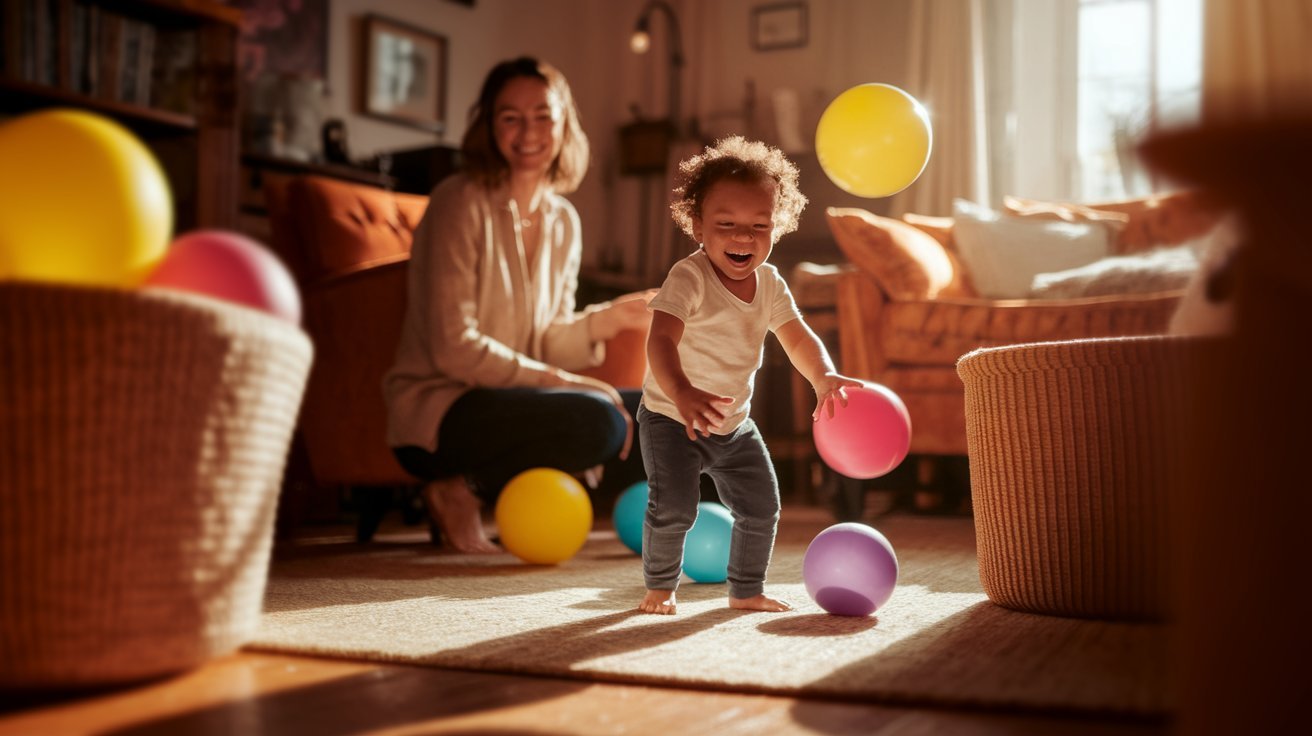
Ball games can be as simple or complex as your child needs. Start with rolling a soft ball back and forth while sitting on the floor. This builds turn-taking skills and hand-eye coordination.
Try tossing a beach ball or balloon in the air to practice catching. These move slowly and are easier to catch than regular balls. You can also roll balls into a box or laundry basket to work on aim.
Keep ball games relaxed and fun. Don’t worry about rules or scores. The point is to move, laugh, and spend time together.
Dance and Movement

Put on your child’s favorite songs and dance together. There are no rules; just move to the music in whatever way feels good. Let your child lead, or show them simple movements to copy.
Try basic movements like jumping, spinning, or waving arms. You can also follow dance videos made for children online. Some children like fast songs, while others prefer slow, calm music.
Dancing helps children learn about their bodies and how they move in space. It’s also a great exercise that doesn’t feel like work. Most importantly, it’s a chance to be silly and have fun together.
Simple Art Projects
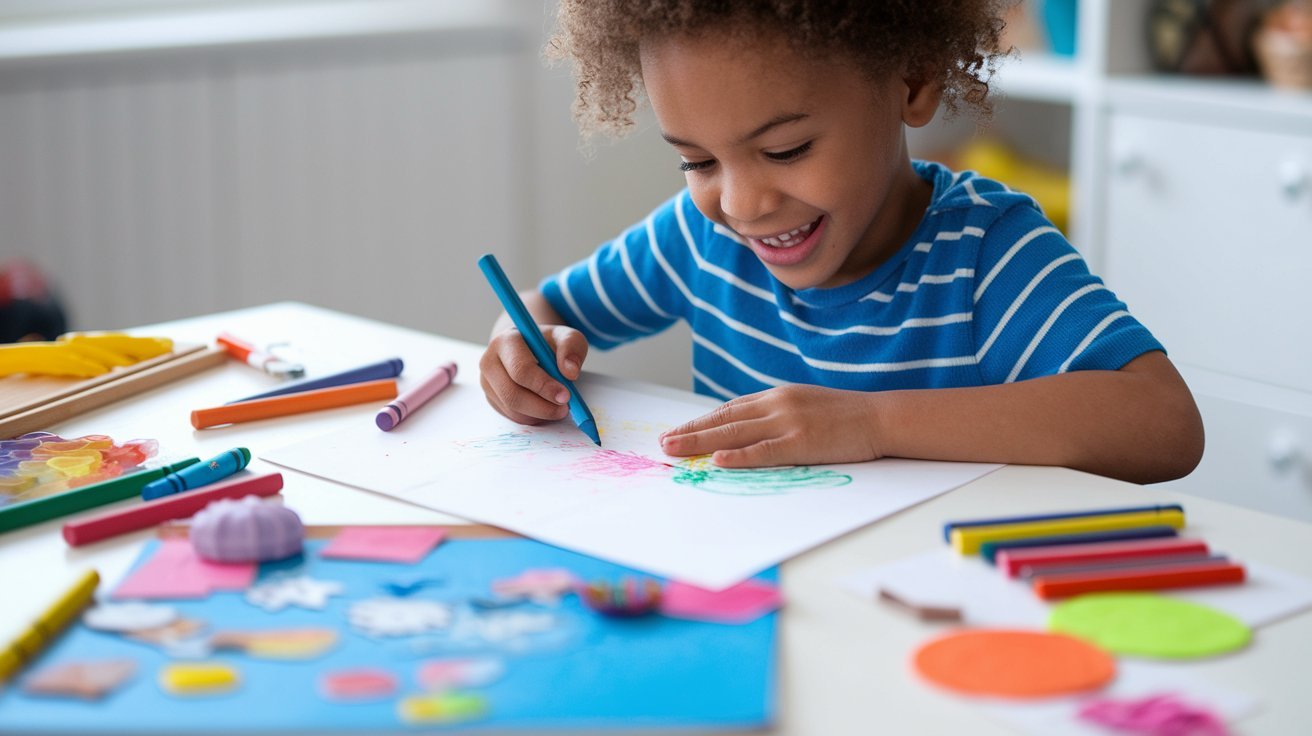
Art projects don’t need to be fancy to be valuable. Give your child paper, crayons, markers, or colored pencils and let them create. The focus should be on the process, not making something perfect.
There’s no pressure to make anything specific. Some children like to scribble, while others draw shapes or pictures. Both are great. What matters is that they’re holding tools, making choices, and expressing themselves.
Try different materials to keep it interesting. Chalk, stickers, stamps, or collage materials all work well. Some children do better with one or two choices instead of many options.
Building with Blocks
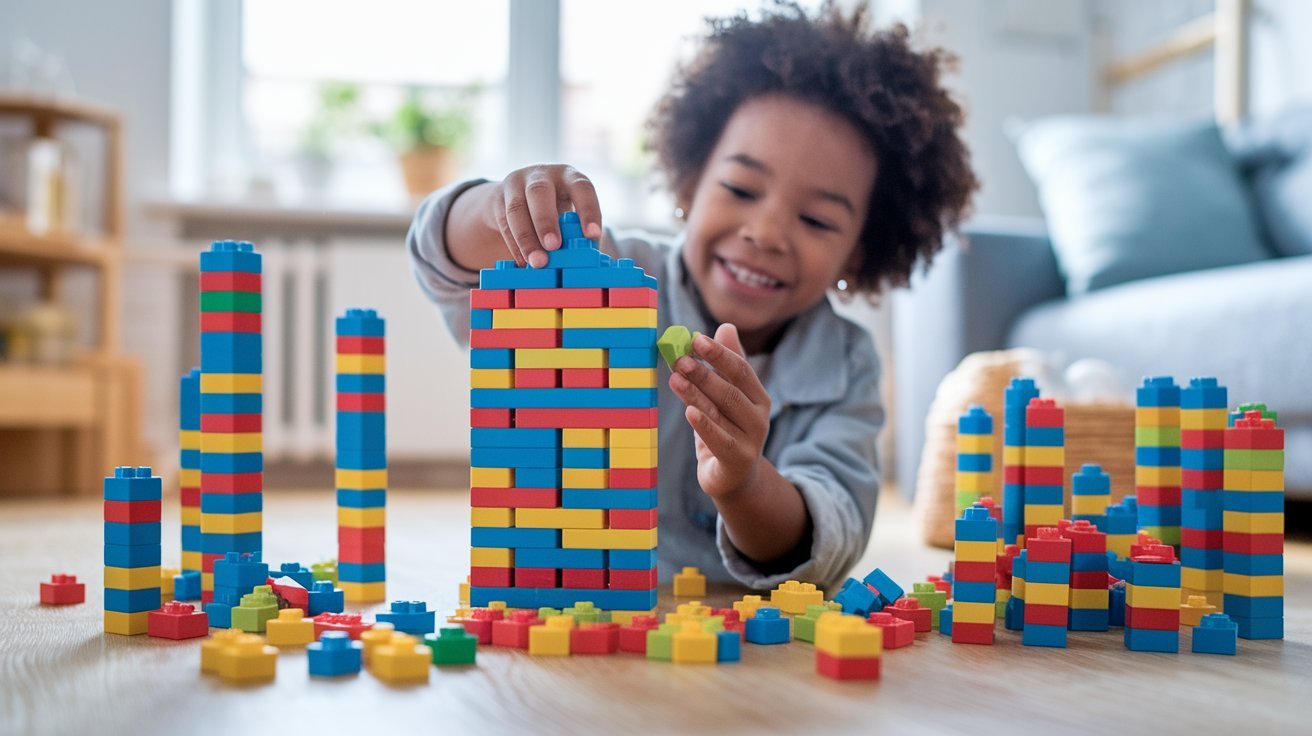
Blocks, Legos, and stacking toys are perfect for open-ended play. Children can build towers, houses, or anything they imagine. There’s no wrong way to stack and build.
Building activities help with problem-solving. Children learn that if a tower falls, they can try again. They figure out how to make structures that stand up. These are important thinking skills.
Playing with blocks also builds spatial awareness—understanding how objects fit together in space. This skill helps with many daily activities, like packing a backpack or organizing belongings.
Getting Dressed Practice
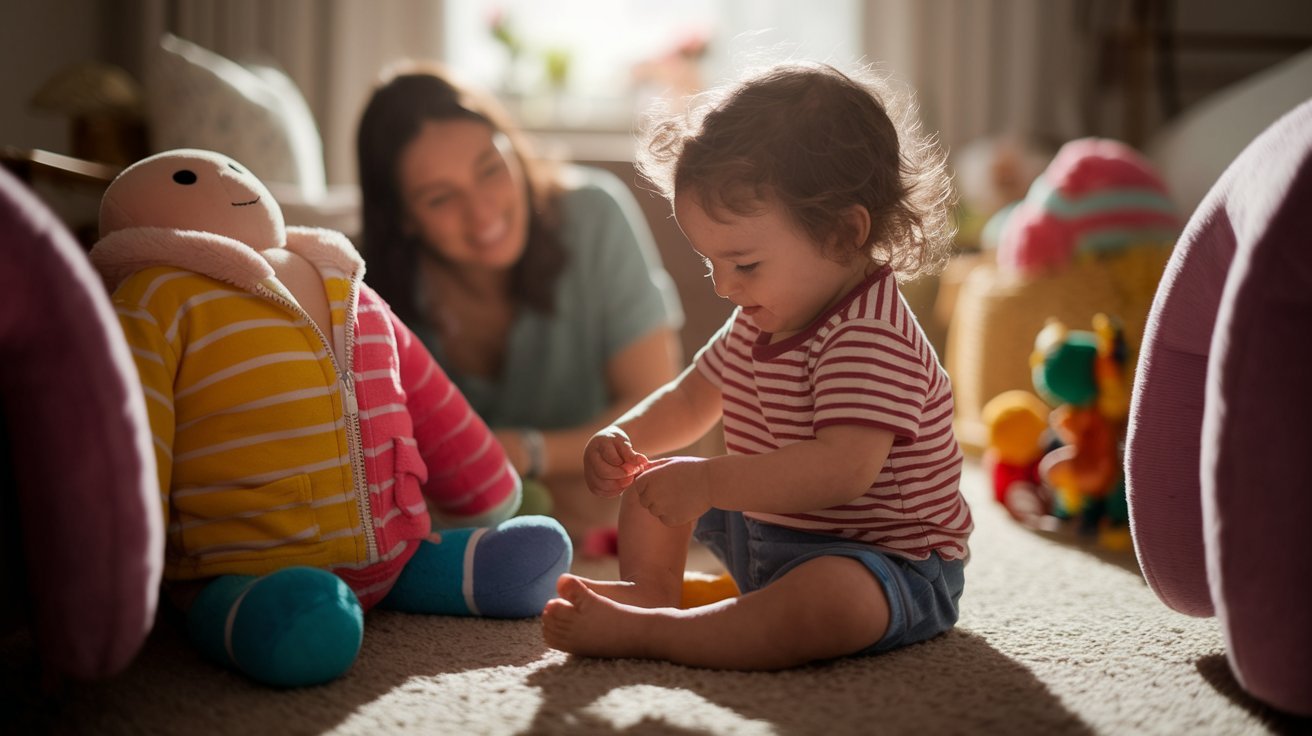
Learning to dress independently takes time for many children with special needs. Make it easier by practicing with dolls, stuffed animals, or big clothing items. This takes the pressure off.
Work on one skill at a time. Start with pulling up pants or putting arms through sleeves. Then move to buttons, zippers, or snaps. Special tools like button hooks can help if fingers have trouble gripping.
Keep practice sessions light and positive. Celebrate when your child tries, even if they don’t succeed right away. You can also practice on yourself, letting your child help you button your shirt or zip your jacket.
Puppet Shows and Storytelling
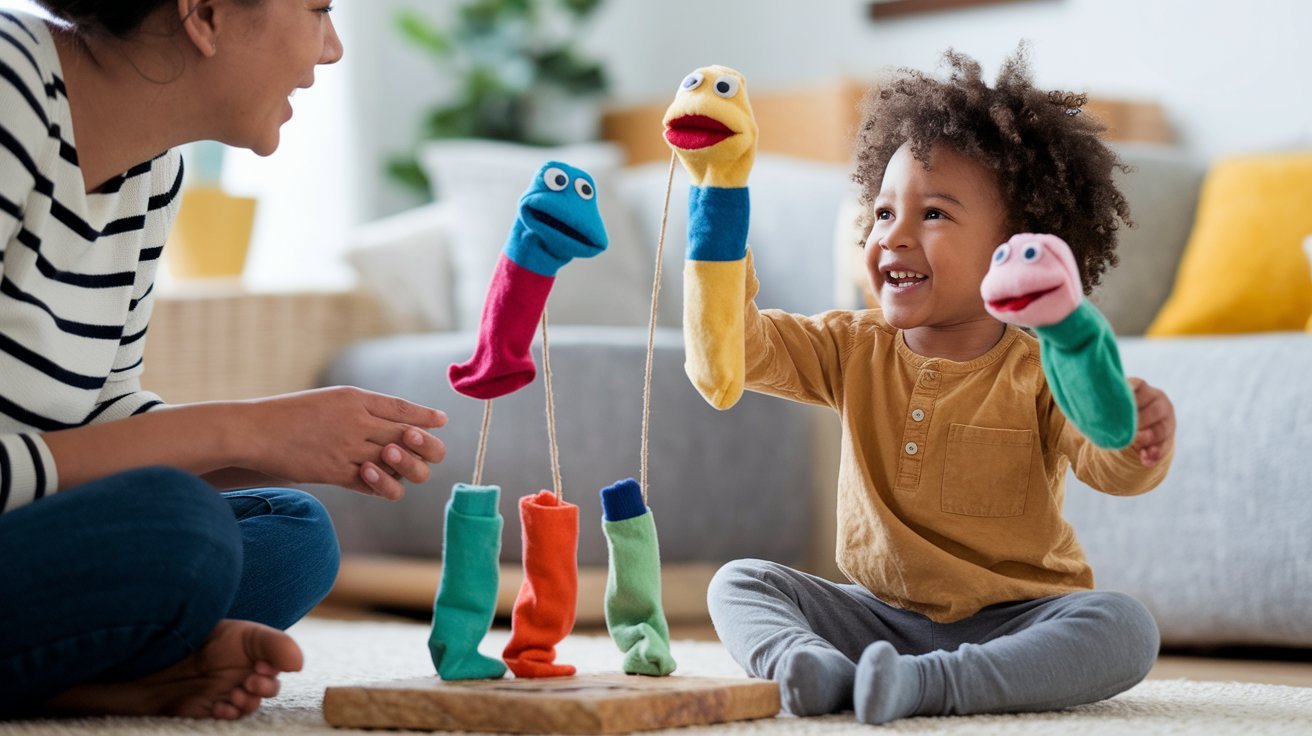
Puppets help children playfully practice emotions and communication. Use store-bought puppets, or make simple ones from socks or paper bags. Let the puppet talk for your child if they’re shy about speaking.
Create simple stories together. The puppet can have a problem, and you work together to solve it. Or the puppet can show different feelings, and you talk about them. Keep stories short and simple.
This special activity builds language skills and emotional understanding. Children learn to take turns talking and listening. They also practice using words to express thoughts and feelings.
Tips for Success with Special Needs Activities
Making activities work well for your child takes some planning and flexibility. The most important thing is to pay attention to what your child responds to and what they enjoy.
Start with activities that match your child’s interests. If they love music, begin there. If they like touching things, try sensory bins first. Following their lead makes activities more engaging and fun.
Here are some helpful tips to keep in mind:
- Keep sessions short at first
- Celebrate small wins
- Be flexible and adjust as needed
- Follow your child’s lead
- Create a calm, safe space
- Use simple, clear instructions
- Don’t force participation
- Try activities at different times of day
- Make it fun, not a chore
Remember that some days will go better than others. That’s completely normal. What works today might not work tomorrow, and that’s okay. Stay patient and keep trying different approaches.
Conclusion
Children with special needs can learn, grow, and have fun through ordinary activities. This guide offers many activities. These activities fit your child’s abilities and interests with adaptation. You focus on creating pleasurable experiences for both of you.
You cannot finish this checklist in one sitting. Feel free to pick one or two that sound good and stop there. Watching your child’s responses teaches you what works for them and you.
Progress is gradual. Some of the skills may seem to take longer to accomplish. Every little thing your child does is a major accomplishment. By trying different special needs activities to find the right match for your child, you can work hard and positively help your child’s development.
Frequently Asked Questions
How Long Should Activity Sessions Last?
Start with 10-15 minutes for most activities. Watch your child’s attention span and stop before they get frustrated or tired. As they build stamina, you can slowly make sessions longer. Some children do well with shorter, more frequent activities throughout the day.
What If My Child Refuses to Participate?
Respect your child’s boundaries and don’t force them. Try the activity at a different time when they’re in a better mood. You can also make it more appealing by adding their favorite toy or doing it in a different place. Sometimes children need to watch first before joining in.
Can These Activities Be Done at Home?
Yes, all these activities work well at home with common household items. You don’t need special equipment or expensive materials. Simple things like rice, boxes, pillows, and toys you already have are perfect. The key is making activities fit your space and what you have available.
How Do I Know Which Activities to Try First?
Pay attention to what your child already likes. If they enjoy music, start with sound activities. If they like touching things, try sensory bins. Begin with one activity that seems most interesting to them. You can always try others later to see what sticks.
Should I Work with a Therapist on These Activities?
Working with therapists can be very helpful, especially when starting. They can show you techniques and help you set goals. These activities can support what therapists are working on in sessions. Talk to your child’s therapist about which activities would help most at home.

